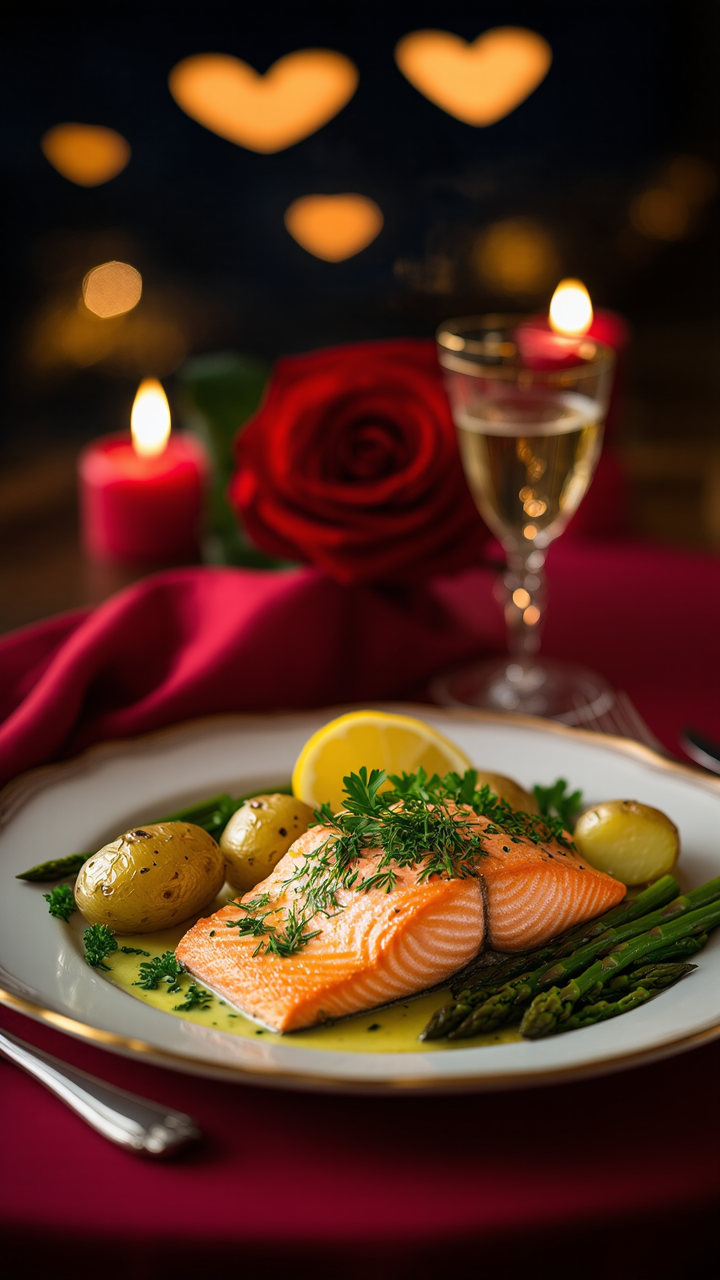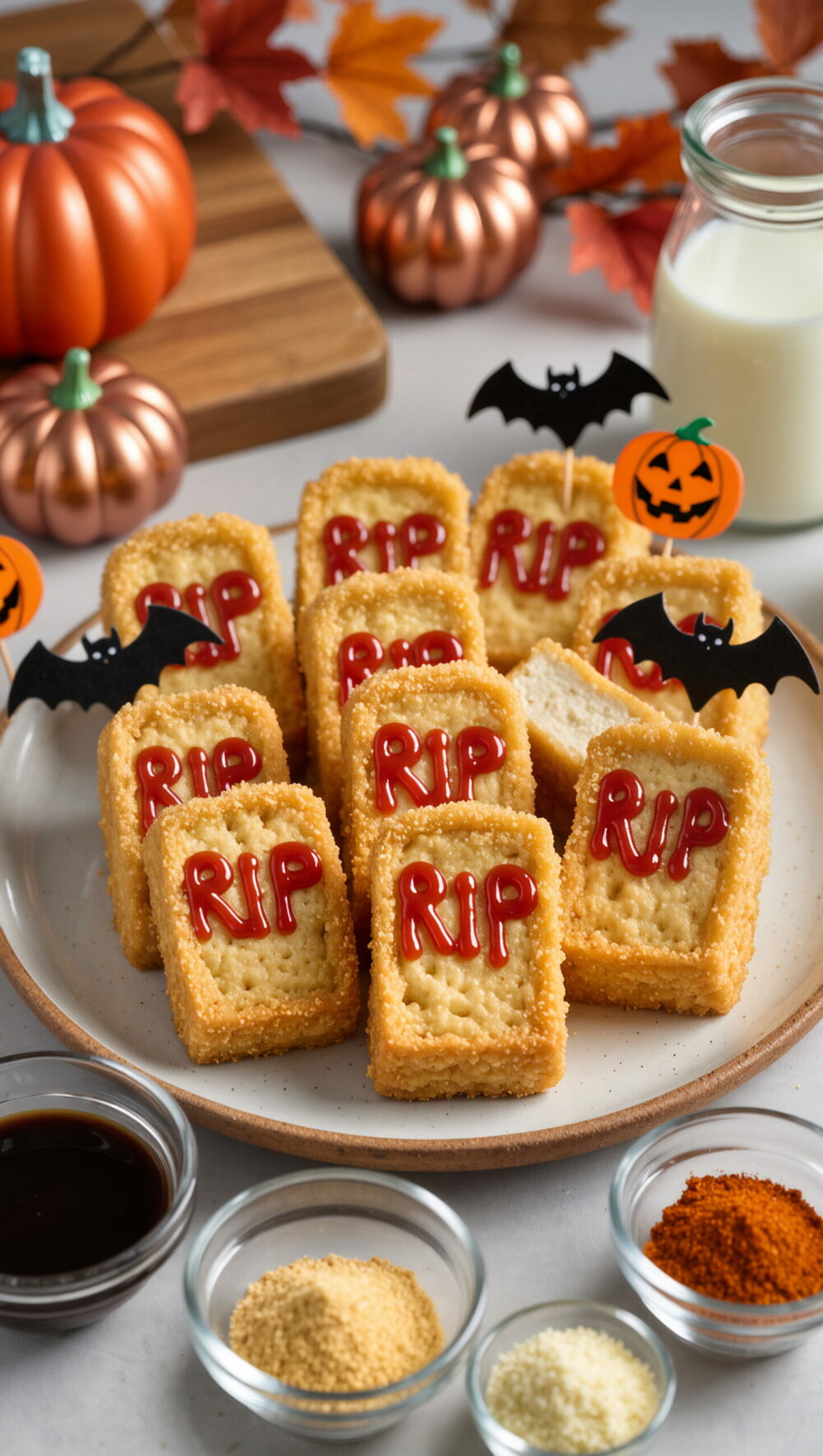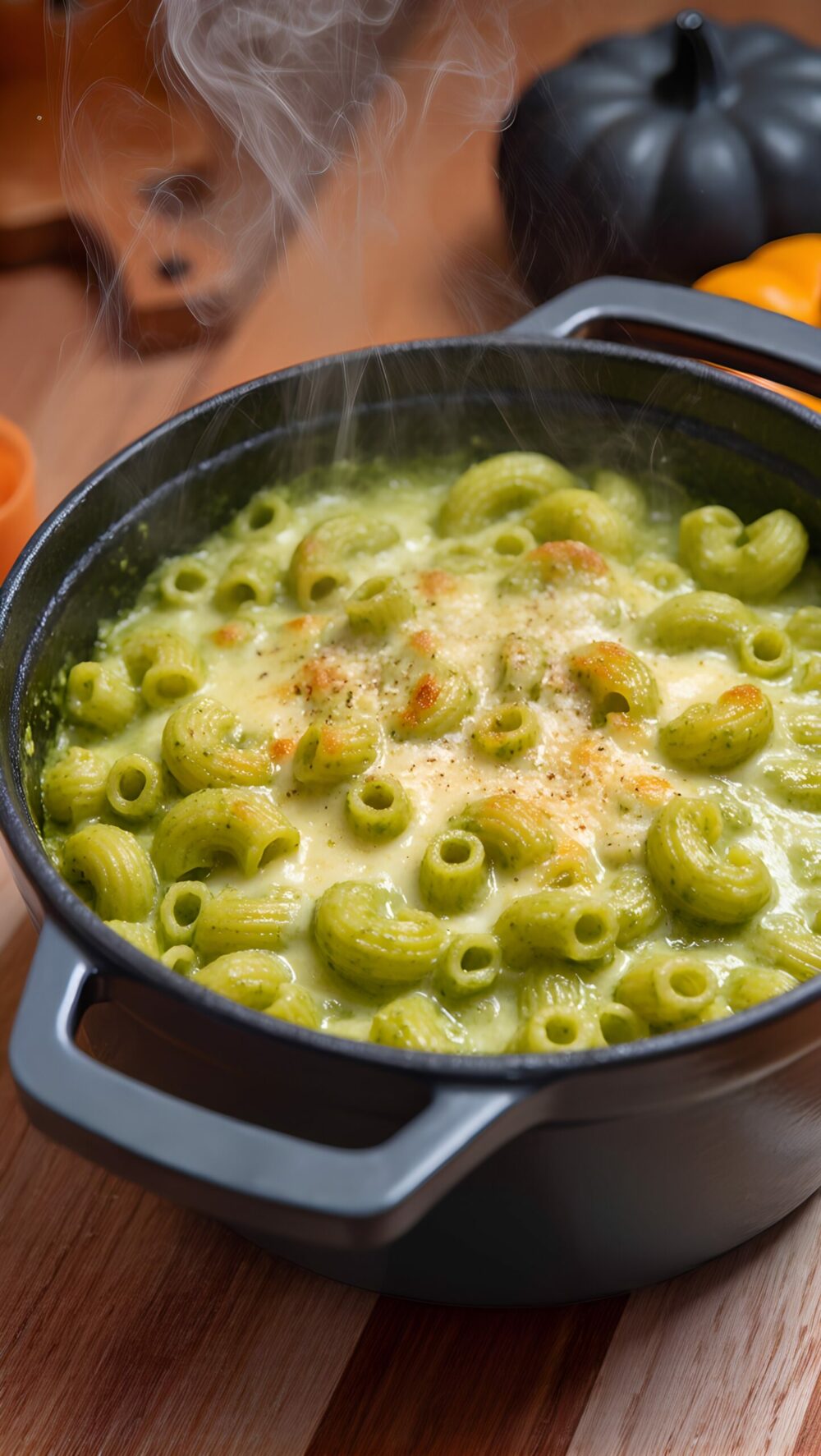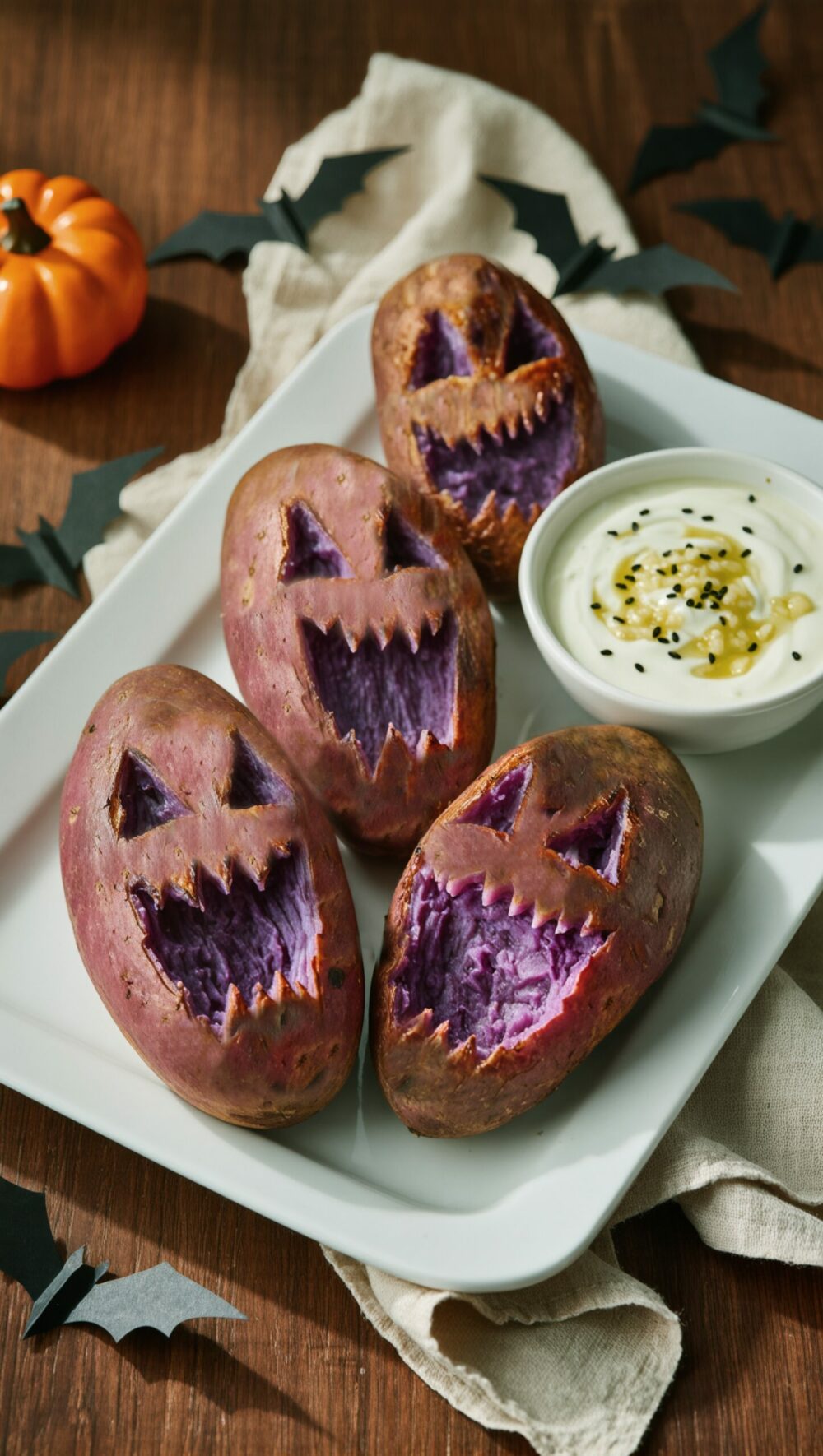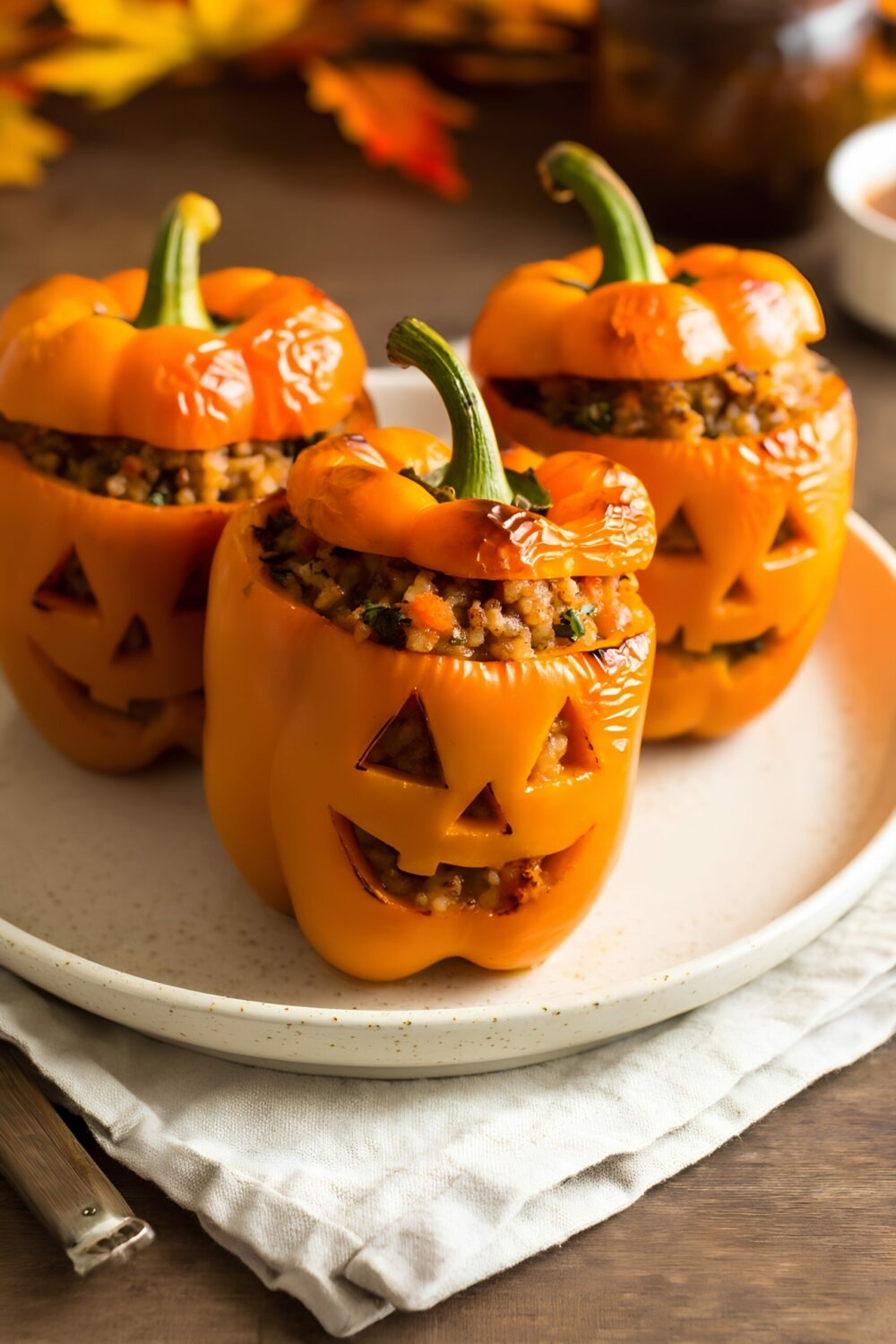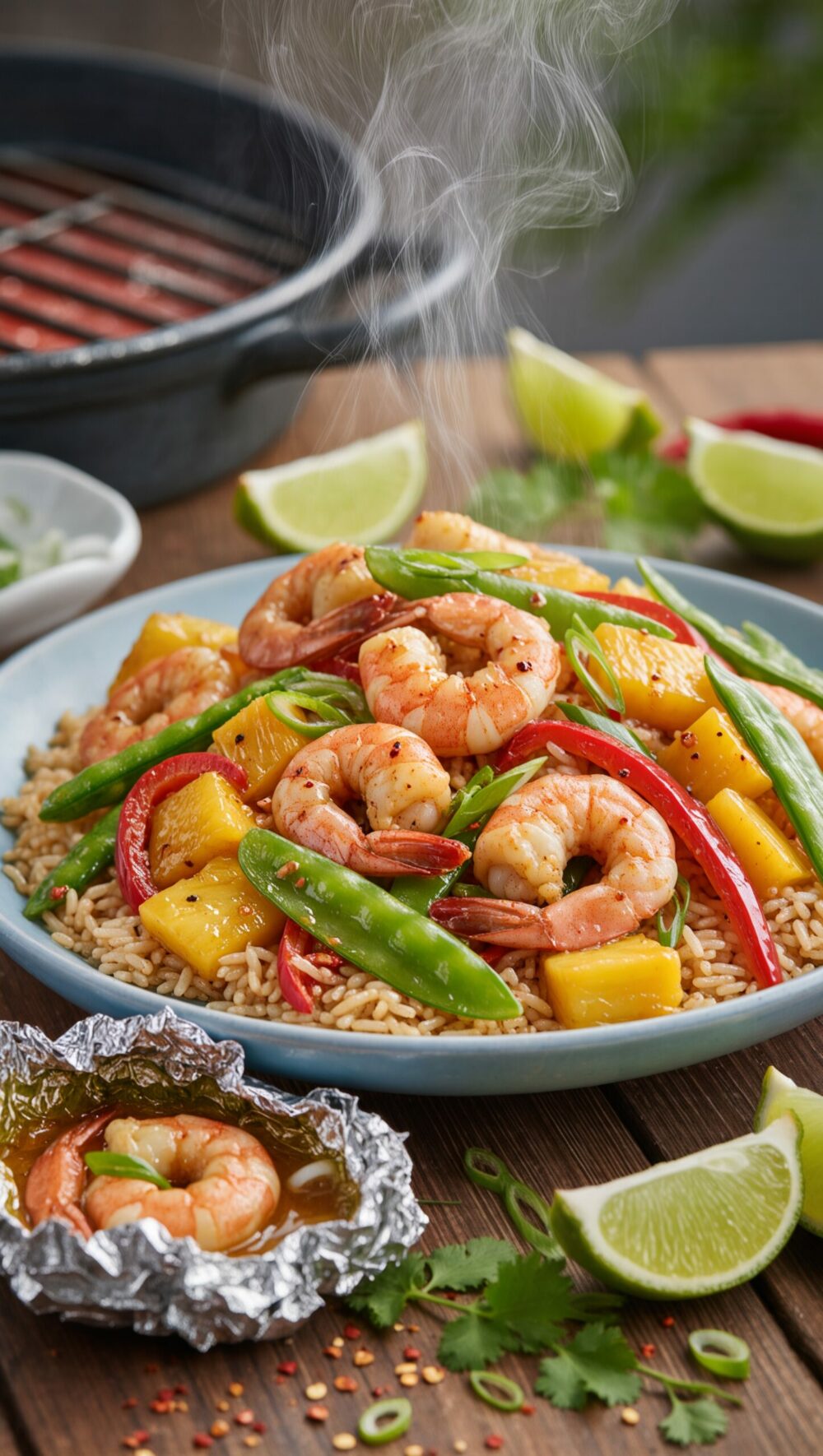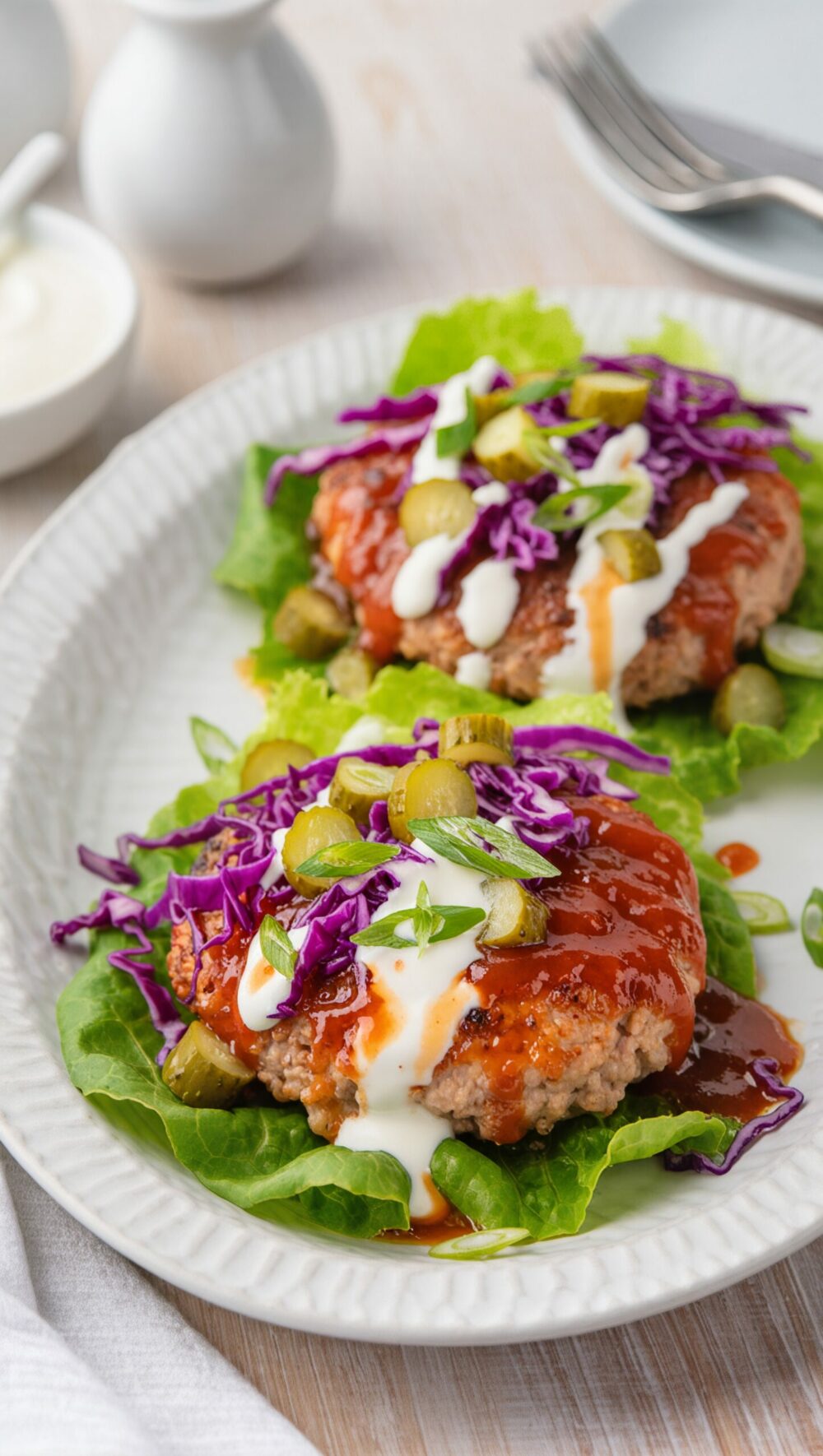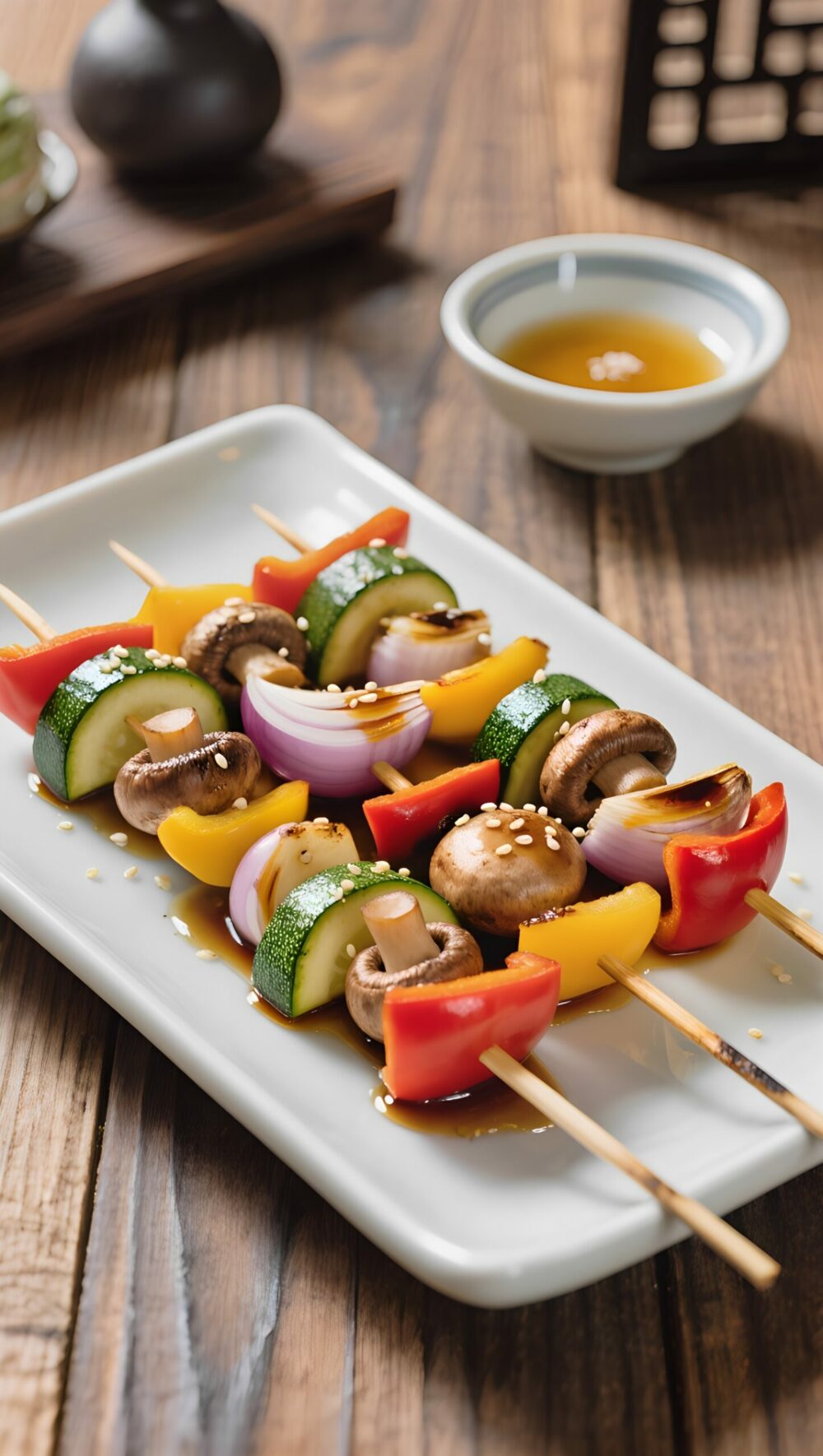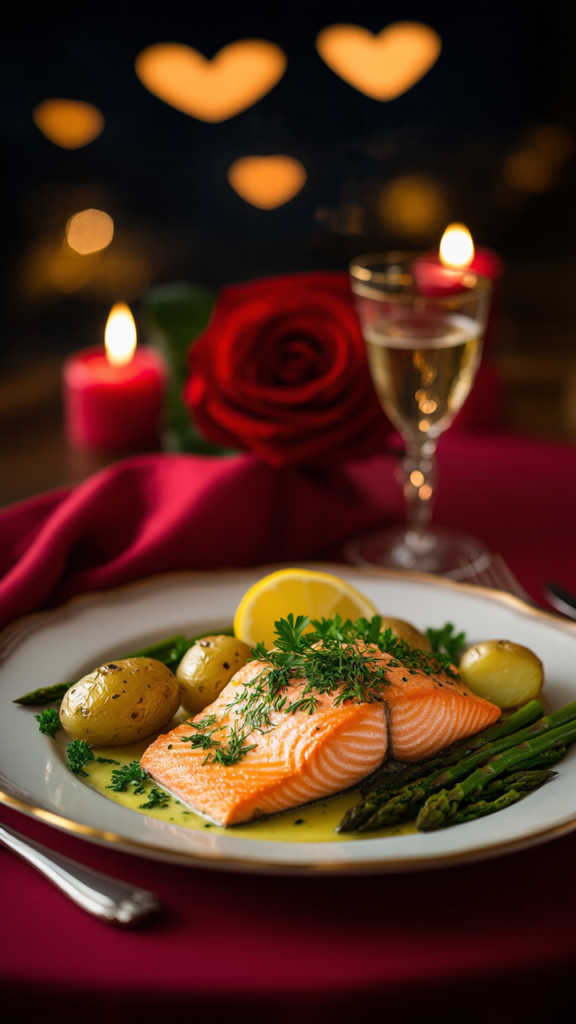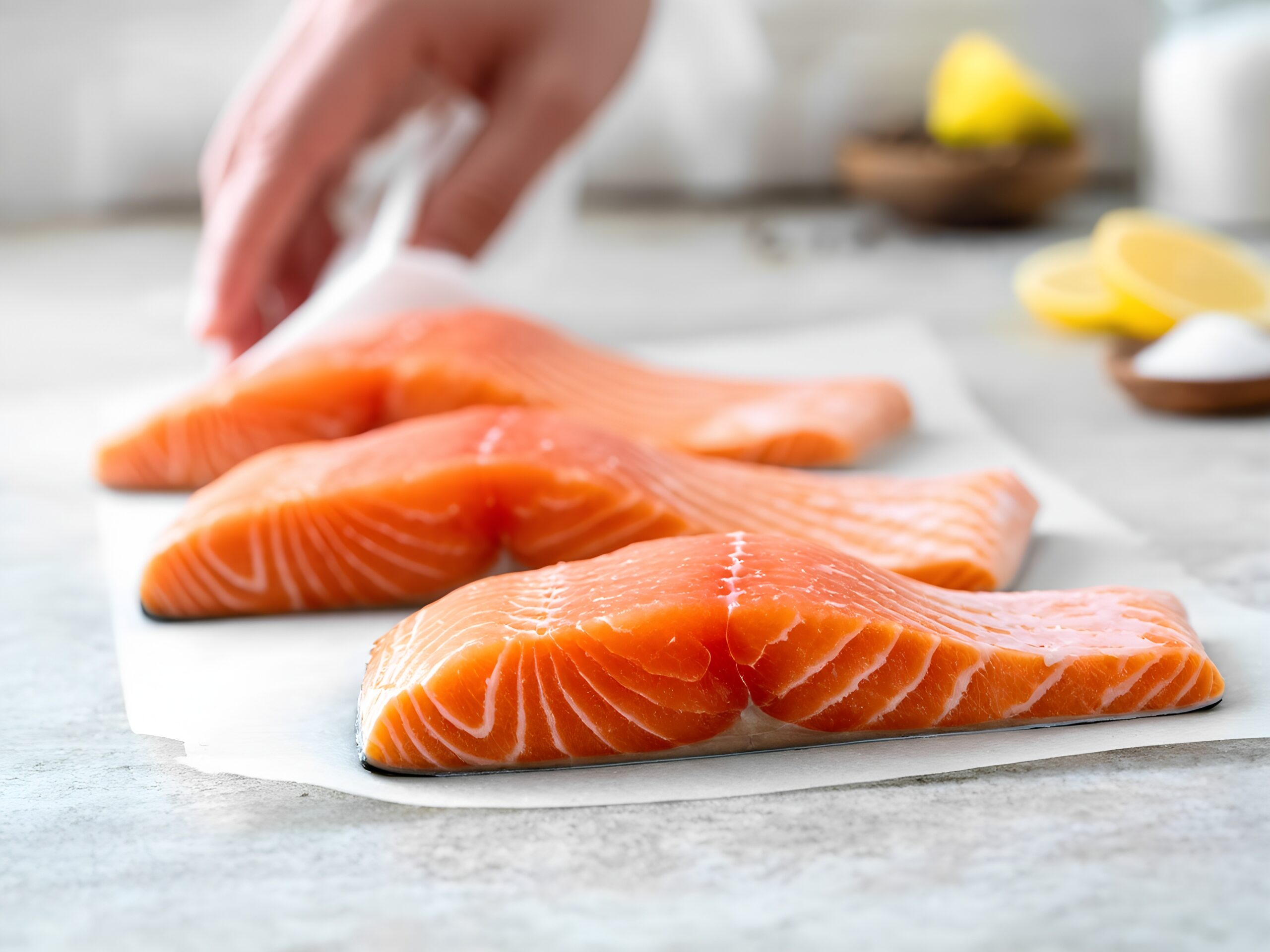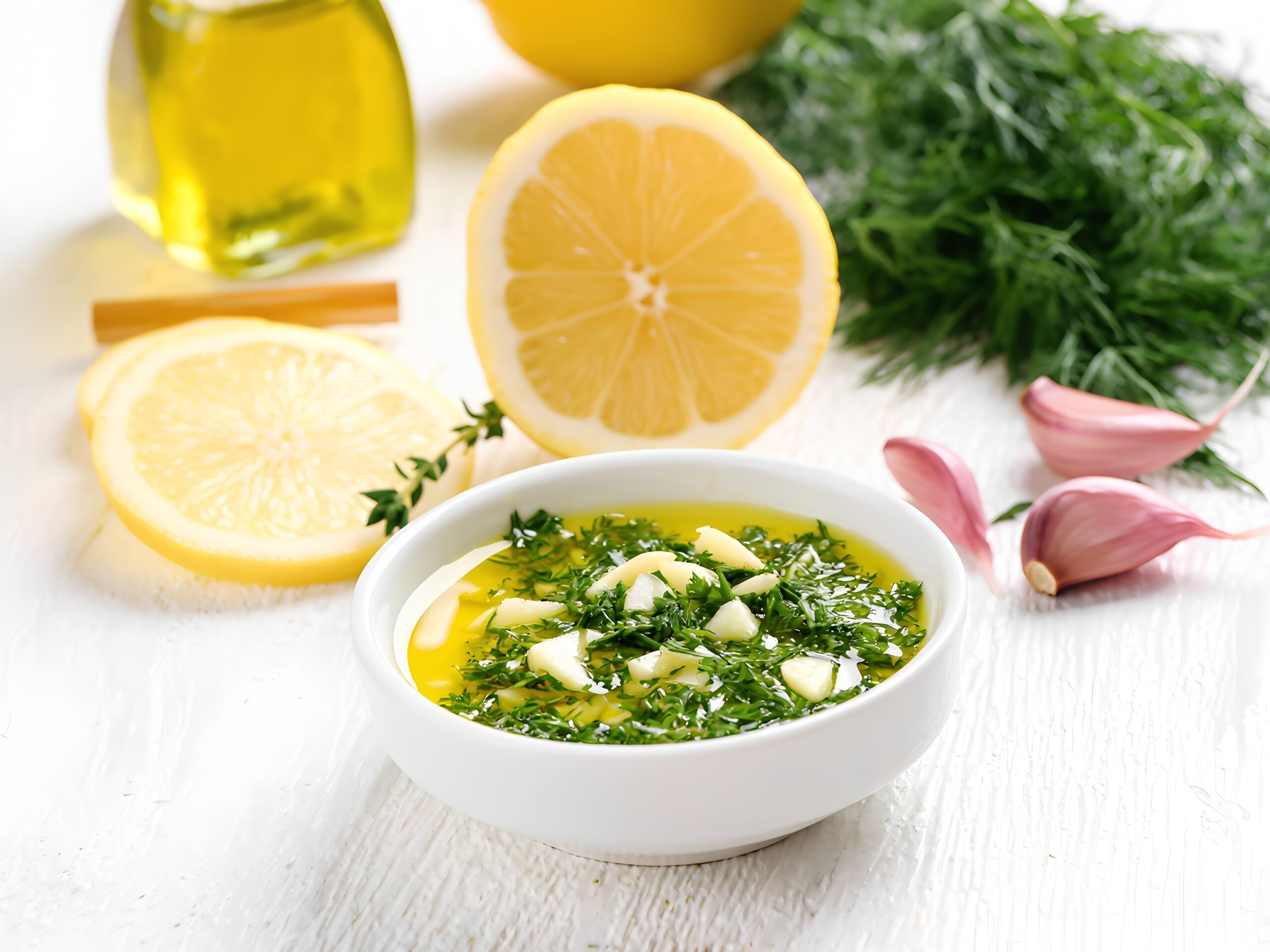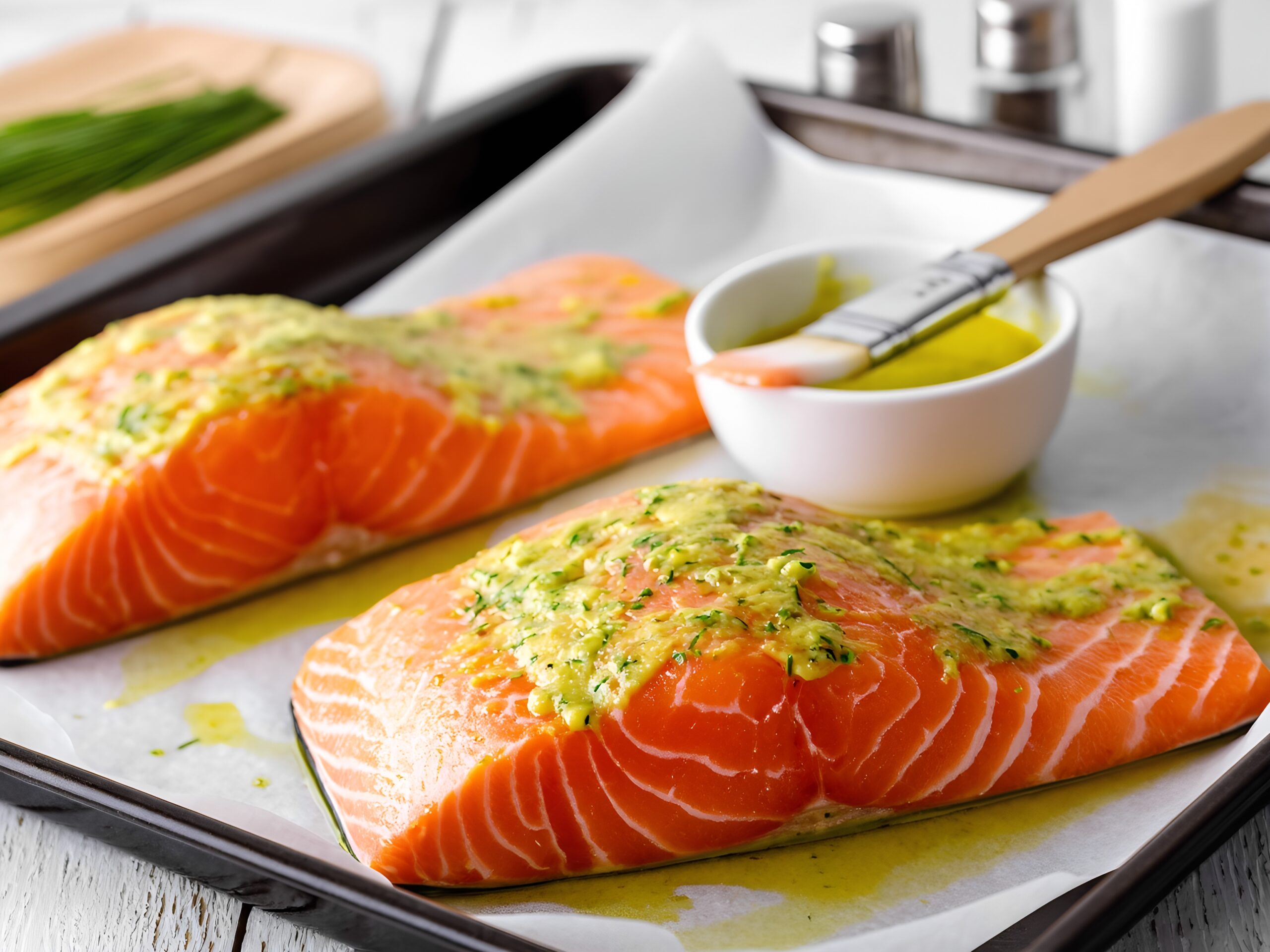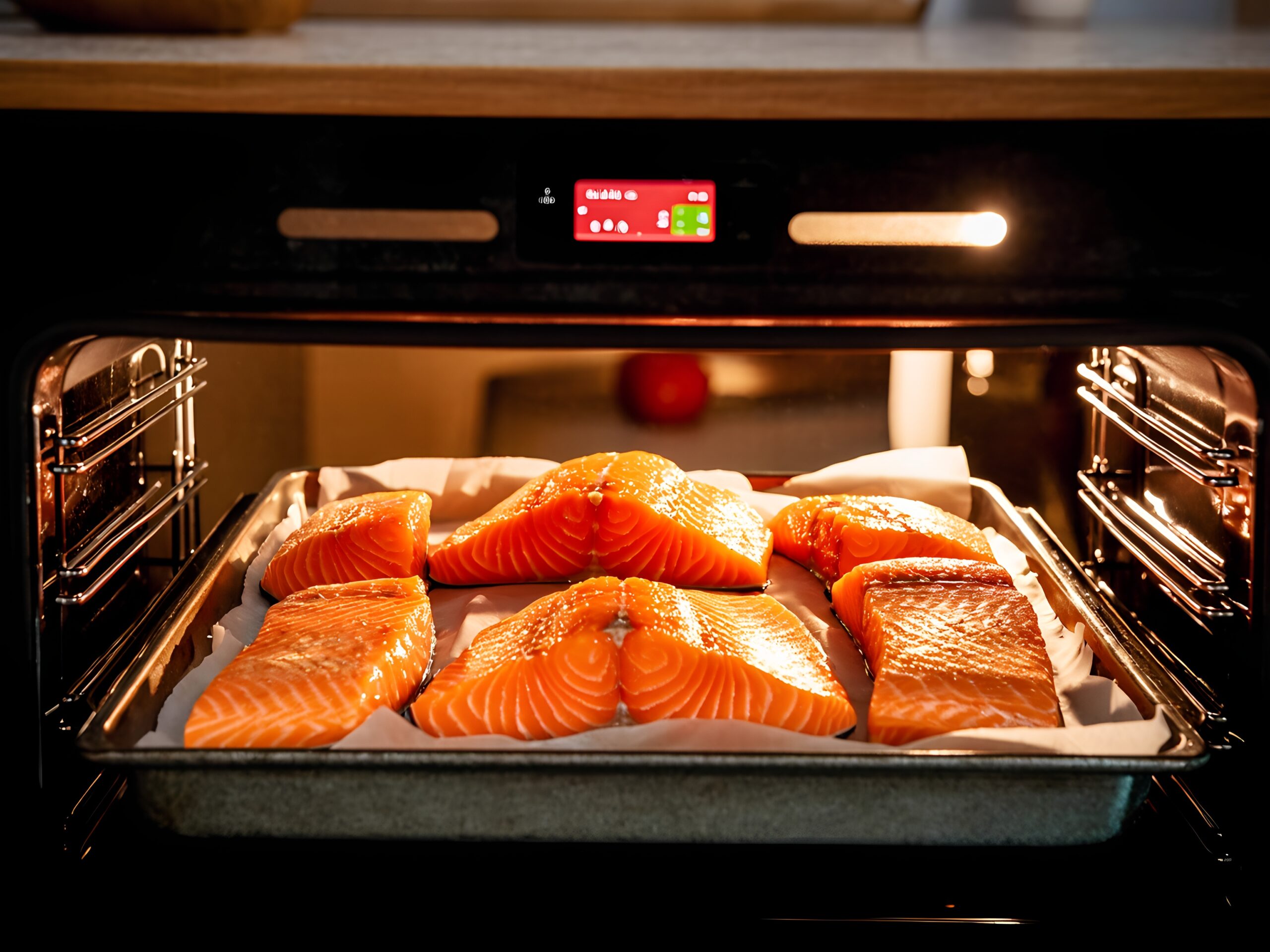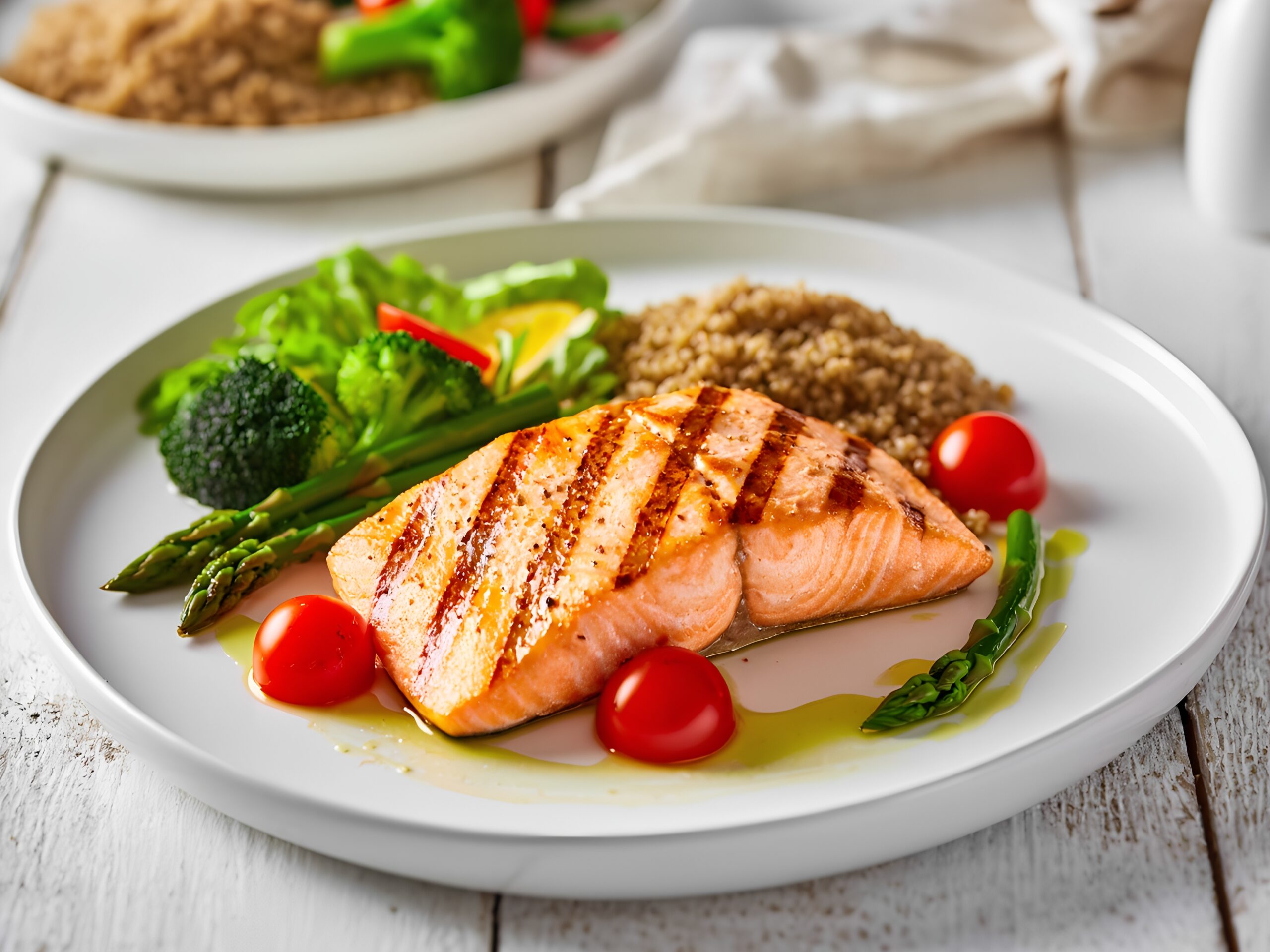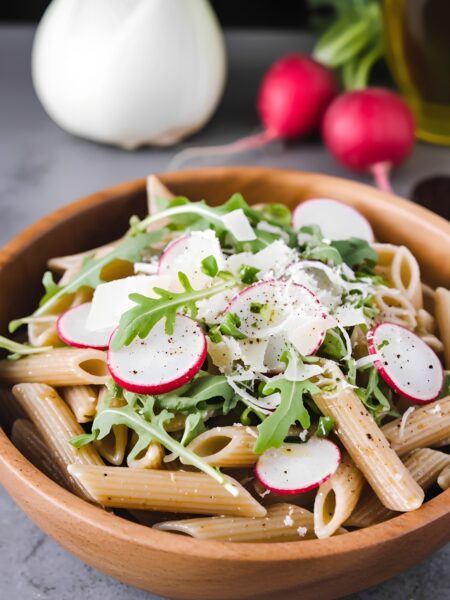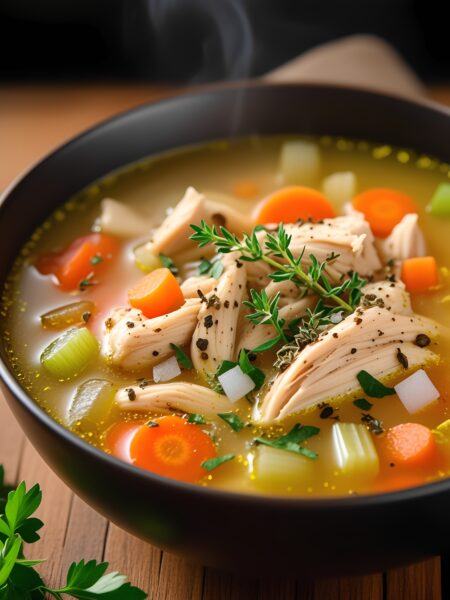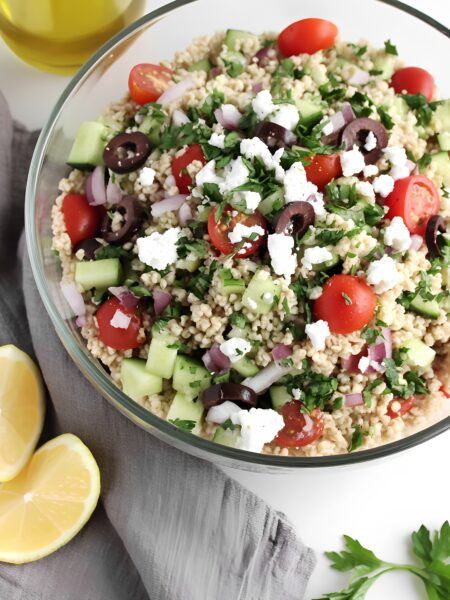Imagine the aroma of freshly baked salmon wafting through your kitchen, mingling with the zesty brightness of lemon and the earthy fragrance of herbs. This dish is a symphony of flavors, a delightful balance of rich and refreshing, designed to impress yet simple enough for a weeknight meal.
Origins and Cultural Significance
Salmon, a staple in many culinary traditions, has been celebrated for centuries. From the indigenous peoples of the Pacific Northwest to the elegant kitchens of Scandinavia, this pink-fleshed fish has been revered not only for its nutritional bounty but also for its versatility. In those regions, salmon is often paired with ingredients that enhance its natural richness, such as citrus and herbs, which have been used to accentuate its flavors and bring out its best qualities. This recipe draws inspiration from these time-honored traditions, offering a nod to the past while inviting modern, playful interpretations.
Unique Ingredients and Flavors
The beauty of this baked salmon lies in its simplicity and the quality of its ingredients. The salmon itself should be fresh, with a firm texture and a vibrant color. Lemons, with their bright acidity, cut through the richness of the fish, lending a refreshing contrast. Fresh herbs such as dill, parsley, or thyme add layers of aroma and an herbaceous depth that transforms the dish into something extraordinary. The technique of baking subtly enhances these flavors, allowing the fish to cook evenly while absorbing the essence of the lemon and herbs. It’s a method that respects the integrity of the ingredients, making each bite a testament to their natural harmony.
This dish is not just about eating; it’s about savoring the moment. Whether you’re a seasoned chef or an enthusiastic home cook, this recipe offers the chance to connect with culinary traditions while crafting a meal that’s both nourishing and delicious.
Baked Salmon with Lemon and Herbs
Description
Savor the simplicity and elegance of baked salmon, highlighted by tangy lemon and aromatic herbs. A quick, healthy, and flavorful meal for any day.
Ingredients
Salmon and Seasoning
Herb and Lemon Mix
Instructions
Preparing the Salmon Fillet for Flavor Infusion
-
Prepping Your Salmon Fillet
Start by selecting a fresh, vibrant salmon fillet—preferably wild-caught for that rich, oceanic flavor. Pat it dry with paper towels to ensure the seasoning sticks beautifully.
Drying the salmon is crucial; moisture can prevent the skin from crisping up properly during baking.
Creating the Herb and Lemon Marinade
-
Whisking the Marinade
In a small bowl, combine freshly squeezed lemon juice, a drizzle of olive oil, minced garlic, and a medley of chopped fresh herbs like dill, parsley, and thyme. Whisk until well blended.Feel free to get creative with your herb choices—basil or cilantro can add a unique twist.
Seasoning and Baking the Salmon
-
Coating the Salmon
Place the salmon fillet on a lined baking sheet. Generously coat it with the lemon-herb marinade, ensuring every inch is covered. Season with salt and freshly cracked black pepper.For an extra burst of flavor, let the salmon marinate for 15 minutes if you have the time. -
Baking to Perfection
Preheat your oven to 375°F (190°C). Bake the salmon for 15-20 minutes, or until it flakes easily with a fork and has a slightly opaque center.Baking times can vary based on the thickness of your fillet. Keep an eye on it to avoid overcooking.
Finishing Touches and Serving
-
Final Garnish
Once baked, remove the salmon from the oven and let it rest for a couple of minutes. Garnish with thin lemon slices and additional fresh herbs for a vibrant finish.Resting allows the juices to redistribute, keeping the salmon moist and flavorful. -
Serving Suggestions
Serve your baked salmon alongside a light salad or steamed vegetables for a complete meal. A side of quinoa or wild rice works beautifully too.Pair with a crisp white wine like Sauvignon Blanc to complement the citrusy notes.
Note
Use fresh salmon fillets for best flavor and texture—frozen can work in a pinch but may alter cooking time. Ensure the fillets are of even thickness to promote uniform cooking. Pat the salmon dry with paper towels before seasoning to help the herbs and spices adhere better and to encourage a nice crust during baking.
When selecting herbs, opt for fresh dill, parsley, and thyme; they lend vibrant, aromatic notes. If fresh herbs aren't available, dried can be substituted—use about one-third of the amount, as dried herbs are more concentrated.
For the lemon, zest first before juicing. The zest adds a subtle citrusy depth when sprinkled over the fillets, while the juice can be drizzled on just before serving for a fresh, tangy finish.
Consider preheating the baking dish in the oven for a few minutes before placing the salmon in—it helps sear the bottom of the fillets slightly, enhancing flavor.
To avoid overcooking, bake at a moderate temperature of 375°F (190°C) for about 12-15 minutes, depending on the thickness of the fillets. Look for opaque flesh and a slight flakiness when tested with a fork.
For a touch of luxury, finish with a pat of herb-infused butter or a drizzle of high-quality olive oil right before serving. This step adds richness and a glossy sheen.
Pair with roasted vegetables or a light salad for a balanced meal. If storing leftovers, keep them in an airtight container in the refrigerator for up to two days. Reheat gently to maintain moisture and prevent drying.

